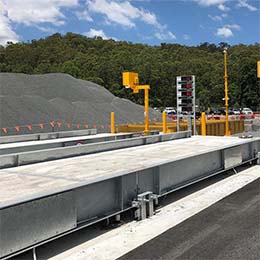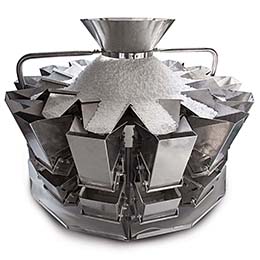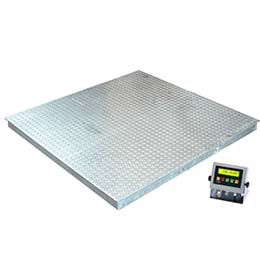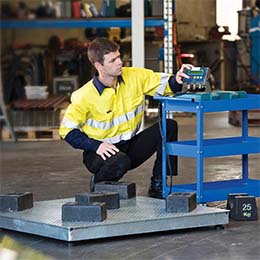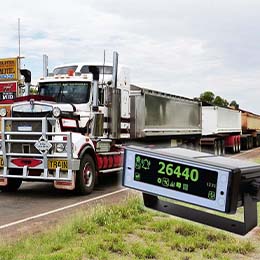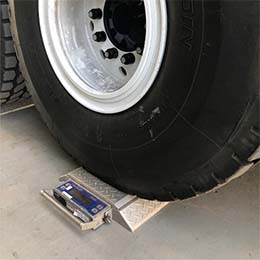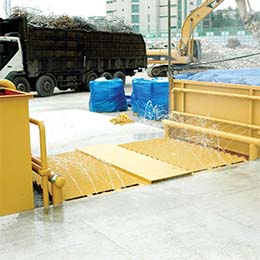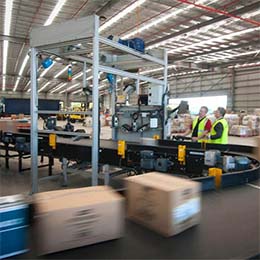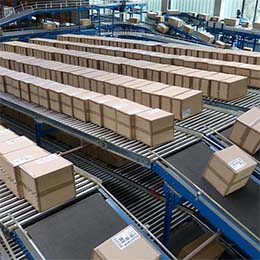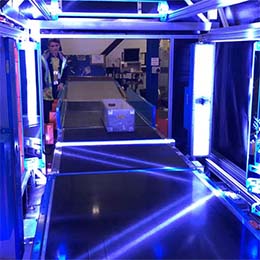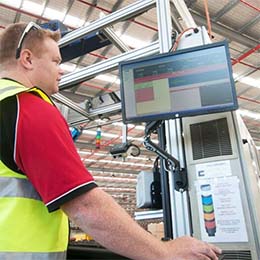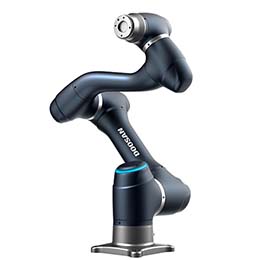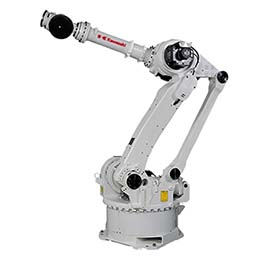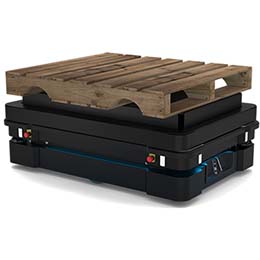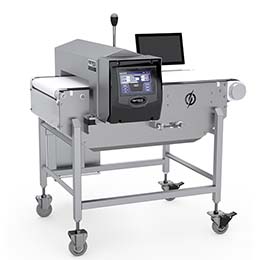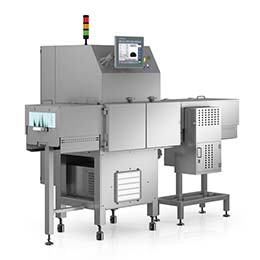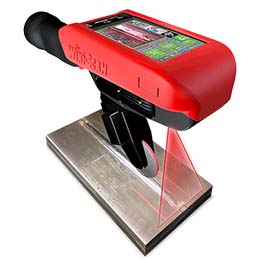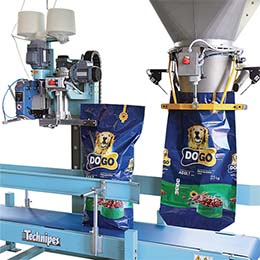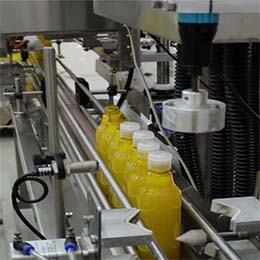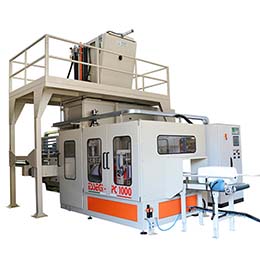The Safety of Life at Sea (SOLAS) legislation which made container weight verification a condition to load marine cargo onto a ship became legally binding on 1 July 2016.
The changes had been advocated for many years and are intended to reduce the number of accidents caused by container overloading, container stack collapses and vessel instability as well as reduce damage to cargo, stress to ships and machinery, environmental impacts and insurance claims. Verifying container weights prior to vessel loading is also a critical safety issue.
The are five things you need to remember about the new SOLAS legislation that will make your shipping containers AMSA compliant.
While shippers are already required to declare an accurate container gross mass on the Bill of Lading; the change to the SOLAS now requires that all these are verified using an approved method. This is an important distinction.
Vessel and marine terminal operators are now legally prohibited from loading a packed container onto a vessel if the verified gross mass (VGM) of a container is not provided by the shipper and stated in shipping documentation.
Providing the VGM of a container allows the vessel master to plan ship loading, so that the ship is stable, hull strength and stack weights are not exceeded and lashing arrangements are effective.
- There are two approved methods of weighing containers.
The weight of a container can be determined using one of two methods. It can be weighed after it has been packed using weighbridge or container scale or alternatively all the contents of the container can be weighed separately by pallet scale, for example, and the weights can be added to the container’s tare weight. Estimating the weight, in whatever way, will not be permissible. All weighing has to be done using calibrated and AMSA certified equipment.
- ‘The shipper’ is legally responsible for the declared verified gross mass of the container.
The person whose name appears on the Bill of Lading is classed as ‘the shipper’ and is legally responsible for the verified declaration of container weights. When an exporter instructs a forwarding agent to handle the packing, weighing and transport of the goods, they are still classified as ‘the shipper’ regardless if they have used a third party.
- The container cannot be loaded onto the ship if the weight has not been verified.
If the shipper doesn’t provide a verified gross mass (VGM) for a container, then that the container cannot be loaded onto the ship. VGM declaration is a legal requirement and is a condition of vessel loading, and penalties may apply for non-compliance. AMSA may audit shippers to ask for evidence as to how they obtained the VGM and may also conduct audits when non-compliance with the SOLAS Order is suspected. During an audit, AMSA will examine the processes by which the shipper obtained the VGM and will take action to ensure compliance.
- There is currently no allowable margin of error in VGM
Currently, there are no provisions in SOLAS legislation for any margin of error as the requirement is for an actual physical weighing requirement, not an estimate.
- All weighing equipment has to be calibrated and certified
All weighing equipment including scales, weighbridges, lifting equipment or any other device that is used to determine the weight of either the packed container or its contents, has to be calibrated and certified as being AMSA compliant.
If you want to find out more about AMSA compliant weighing equipment and compliance with the new SOLAS legislation, you should talk to Diverseco.
Diverseco’s certified weighing systems – which include weighbridges for shipping containers, shipping container scales, pallet weighing scales and bulk weighing systems – are AMSA compliant and, as a licensed NMI testing company, we are also authorised to test all weighing equipment. Contact us today.
For further information, download our expert guide to the SOLAS and Certified Container Weights Legislation.

